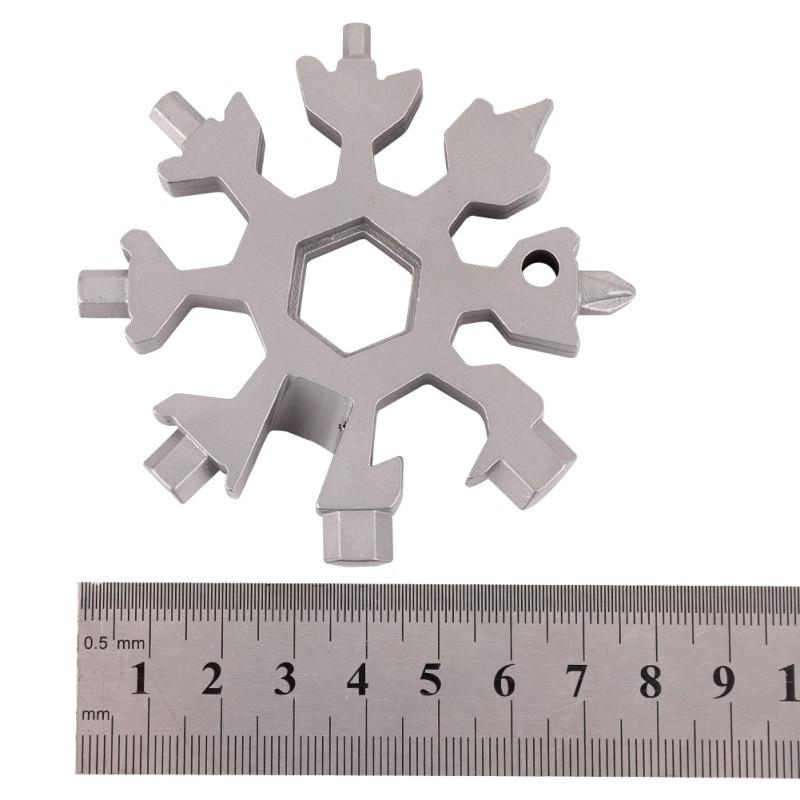
Mandelbrot himself summarized it as "beautiful, damn hard, increasingly useful. There is some disagreement among mathematicians about how the concept of a fractal should be formally defined. Starting in the 17th century with notions of recursion, fractals have moved through increasingly rigorous mathematical treatment to the study of continuous but not differentiable functions in the 19th century by the seminal work of Bernard Bolzano, Bernhard Riemann, and Karl Weierstrass, and on to the coining of the word fractal in the 20th century with a subsequent burgeoning of interest in fractals and computer-based modelling in the 20th century. Ī line segment is similar to a proper part of itself, but hardly a fractal.

An infinite fractal curve can be conceived of as winding through space differently from an ordinary line – although it is still topologically 1-dimensional, its fractal dimension indicates that it locally fills space more efficiently than an ordinary line. Īnalytically, many fractals are nowhere differentiable. This power is called the fractal dimension of the geometric object, to distinguish it from the conventional dimension (which is formally called the topological dimension). However, if a fractal's one-dimensional lengths are all doubled, the spatial content of the fractal scales by a power that is not necessarily an integer and is in general greater than its conventional dimension. Likewise, if the radius of a filled sphere is doubled, its volume scales by eight, which is two (the ratio of the new to the old radius) to the power of three (the conventional dimension of the filled sphere). Doubling the edge lengths of a filled polygon multiplies its area by four, which is two (the ratio of the new to the old side length) raised to the power of two (the conventional dimension of the filled polygon). One way that fractals are different from finite geometric figures is how they scale.


Fractal geometry lies within the mathematical branch of measure theory. This exhibition of similar patterns at increasingly smaller scales is called self-similarity, also known as expanding symmetry or unfolding symmetry if this replication is exactly the same at every scale, as in the Menger sponge, the shape is called affine self-similar. Many fractals appear similar at various scales, as illustrated in successive magnifications of the Mandelbrot set. In mathematics, a fractal is a geometric shape containing detailed structure at arbitrarily small scales, usually having a fractal dimension strictly exceeding the topological dimension. Zooming into the boundary of the Mandelbrot set


 0 kommentar(er)
0 kommentar(er)
